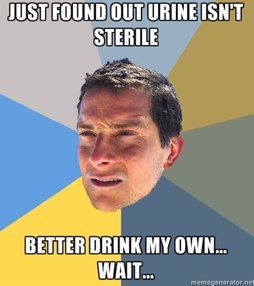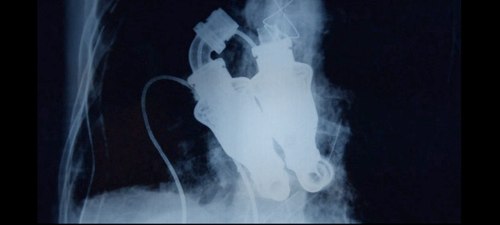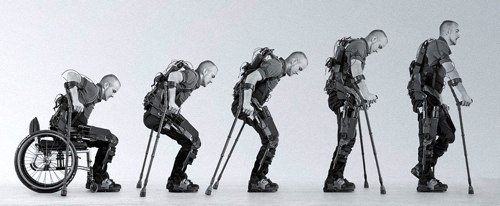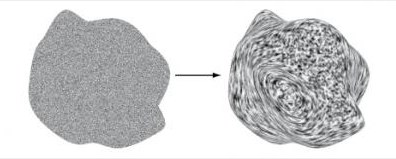
Listen kids. If you are reading this and you only know of Peter Parker and Spider-man because of the Sam Raimi films, let me break something to you.
Peter Parker didn’t start shooting webs out of his wrists as part of an overnight biological evolution after being bit by a radioactive arachnid. That’s just Hollywood fantasy. The real story is that the brainy Parker, having already woken up with super strength, agility and uncanny Spider Sense decided to augment his new natural gifts with his own scientific concoction. A sticky, strong, spider silk-esqe substance which he then shot out of home made mechanical dispensers triggered by a specific hand gesture.
The mechanical web shooters reinforces a key element of the Spider-man mythos. Peter Parker is a socially awkward kid because he’s a genius level science nerd. This matters! This is important! Yes! I am still furious about this 9 years after the first Spider-man movie came out!
Also, 50 years after the character was created scientists have finally caught up with Peter Parker and recreated spider silk by transferring key spider genes into silkworms which are far easier to farm the substance out of.
So they worked out a way to transfer the key spider genes responsible for the strong thread making into the silkworm.
The scientific breakthrough could open the door for large-scale production.
The silk could be used in many medical applications including artificial ligaments and tendons, as well as tough wound dressings.
It is also said to be strong enough that it could be used as a new material in manufacturing bulletproof vests.
Or shooting Mysterio in the face so you can make fun of his helmet.
[Sky]

















